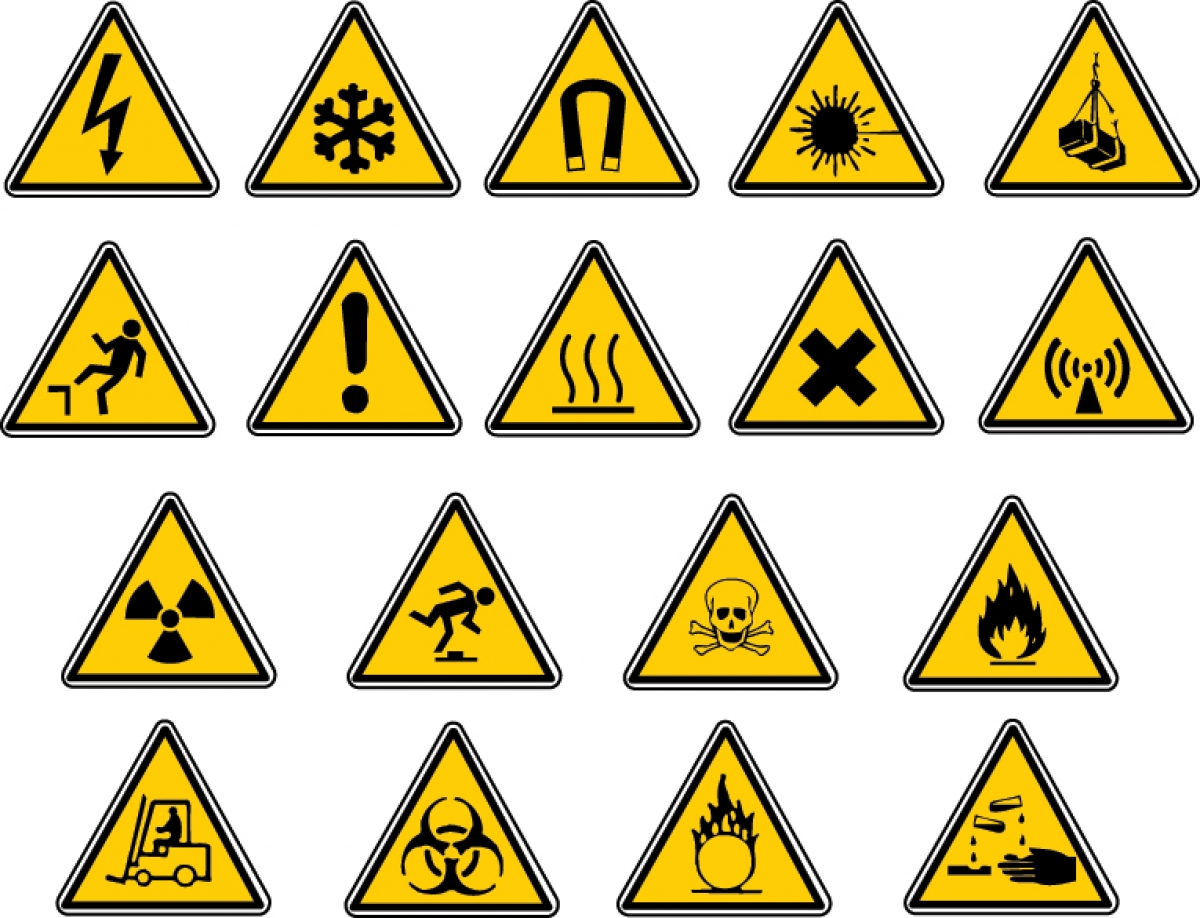Job Hazard Analysis (JHA)

In managing occupational hazards, everyone must play their roles to prevent accidents. Working collectively and applying the specific safety knowledge will help minimize the risk of injuries and fatalities. We use this approach in conducting Job Hazard Analysis (JHA), which has been widely accepted in the industry as an
effective accident prevention technique. You should include JHA (also known as Job Safety Analysis or JSA) as part of your accident prevention strategy as it is a powerful tool that takes advantage of the team’s strengths - the knowledge, skills and experience of the workers and supervisors who are familiar with the job. You would want them to be actively involved in the process so that they will be receptive from the implementation stage. You must ensure that everyone, including the workers, supervisors and managers, assist in the recognition, evaluation and control of hazards at the work site.

You should always start by selecting a job you want to analyses. Priorities the jobs
with the greatest accident potential (jobs with the highest risks) according to the
following criteria:
- Frequency of accident occurring in the area;
- Severity of the accident that has occurred;
- Past experience, lesson learned and professional judgment; and
- Newly created jobs, non-routine jobs or changes done to the jobs.
For a rare job or one which has not been done before, it is sometimes difficult to know the hazards associated with it. However, we can minimize the risk by applying the JHA. A good approach to JHA is to develop a worksheet listing of
the hazards and the safe work procedures for each step of the job.
You may face a situation where deviations from the established job steps must be
done to safely perform a job. In this case, you will need to develop a safe job procedure (indicating the solutions) to eliminate or reduce the potential hazards.
You should ask the team to discuss the following options:
- Find alternative ways that are less hazardous;
- Deploy engineering fixes to safely perform the job; and
- Use tools and equipment to make the job safer.
The line management is responsible for ensuring the JHA is done, but it is critical that you also involve the workers in the process. Some workers may not be highly educated, but they are familiar with the job. So you should take advantage of their knowledge on the tasks, and their experience, to assist you in developing
a more thorough analysis.
Apart from hazards identifications and control, you can also use the JHA to train
new workers on the specific safety instructions applied to their work. For experienced workers, you can use the JHA to communicate safety instructions for
new jobs or modified jobs. From JHA, you also get the information to update
safety procedures and instructions for jobs not frequently done.
Through the JHA, your organization can work progressively on safety improvements, and be on the right track to create a safe and healthy workplace.
Once you have completed the JHAs for high-risk jobs, you should continue the
effort, focusing now on other less hazardous jobs. Eventually, you will have a comprehensive list of JHAs that you can use to establish safe operating procedures. You must include safe operating procedures in the standard operating procedures (SOPs) so that the workers can easily follow safety requirements by referring to just one document. To effectively communicate the potential hazards for each step and to tell the worker how to do the task safely, your SOP should be clear and concise.
The JHA usually focuses on the jobs that pose the greatest risk of injury or death.
We can better manage these high-risk activities if we have the SOP, or step-by step checklist, especially when:
- A new or experienced worker performs a job for the first time;
- An experienced worker performs a job that he or she has not done recently;
- An experienced worker performs a job in a different place or setting; and
- A new equipment or material is introduced into the work process.
The SOP provides detailed, step-by-step guidance to employees. Besides for
standardization purposes, we should also use the SOP as a training aid. Hence, it
is imperative that the SOP is written from the perspective of a new,
inexperienced employee. Once you have a complete SOP for a particular job, you should check to ensure workers carry out the procedures correctly. This can be done through workplace safety audits or another tool, known as Job Safety Observation (JSO), which is less formal than the safety audits. We will cover this in the next section.
REFERENCES
- Mohamad A’azizan Mustafa & Azhar Ahmad Ahmed Rifaie (2010), Occupational Safety and Health Management 2nd Open Universiti Malaysia.
- Hits: 4178
